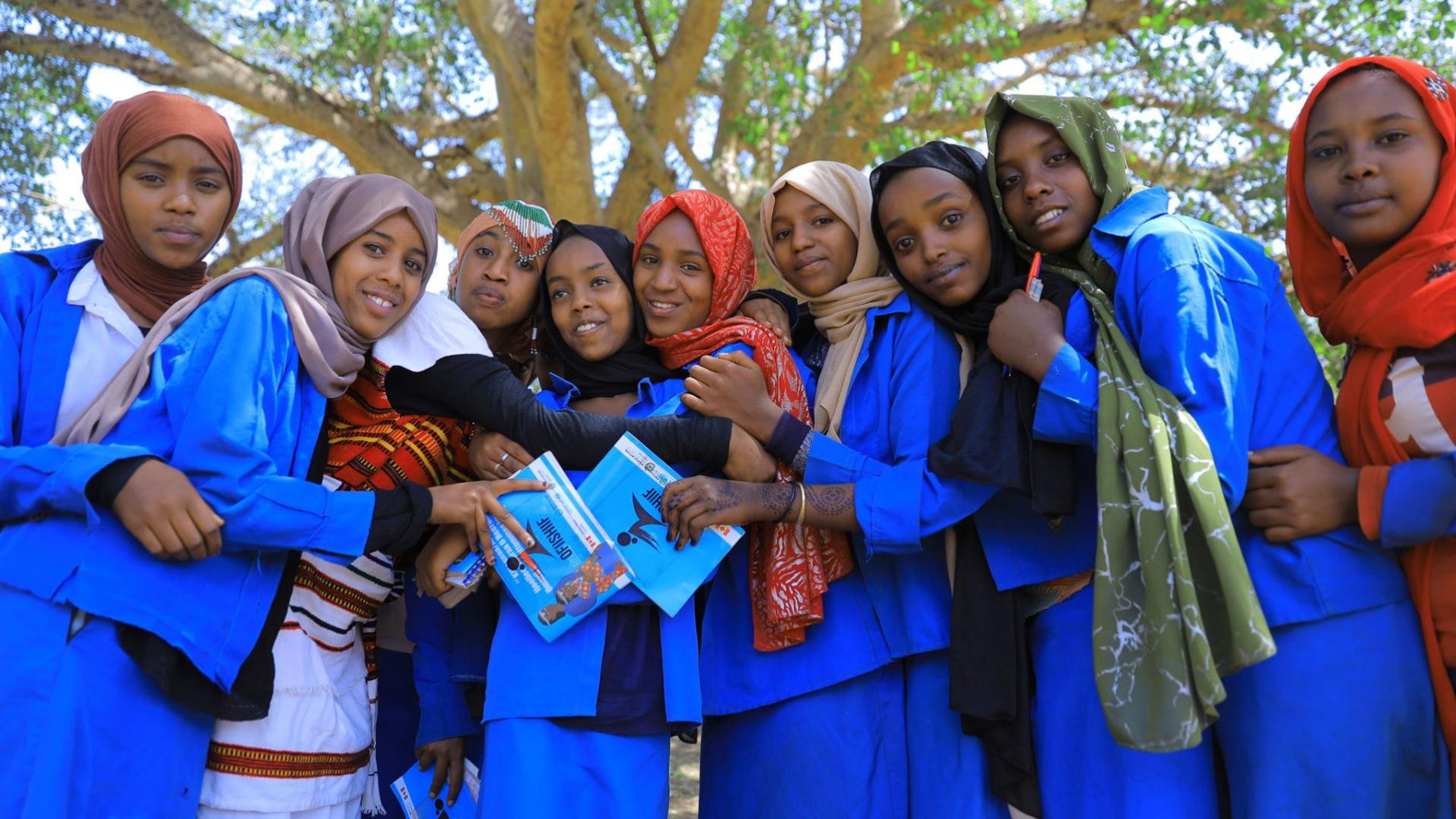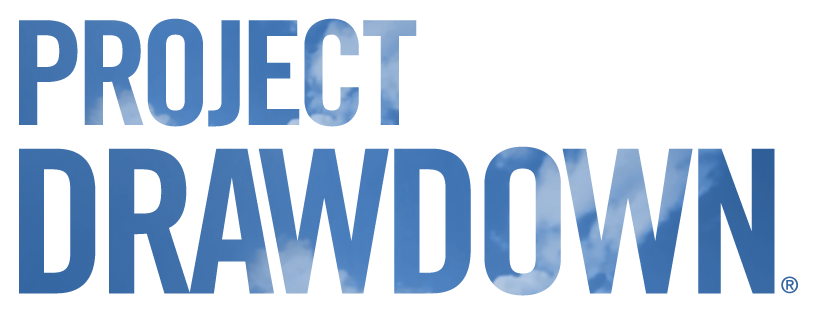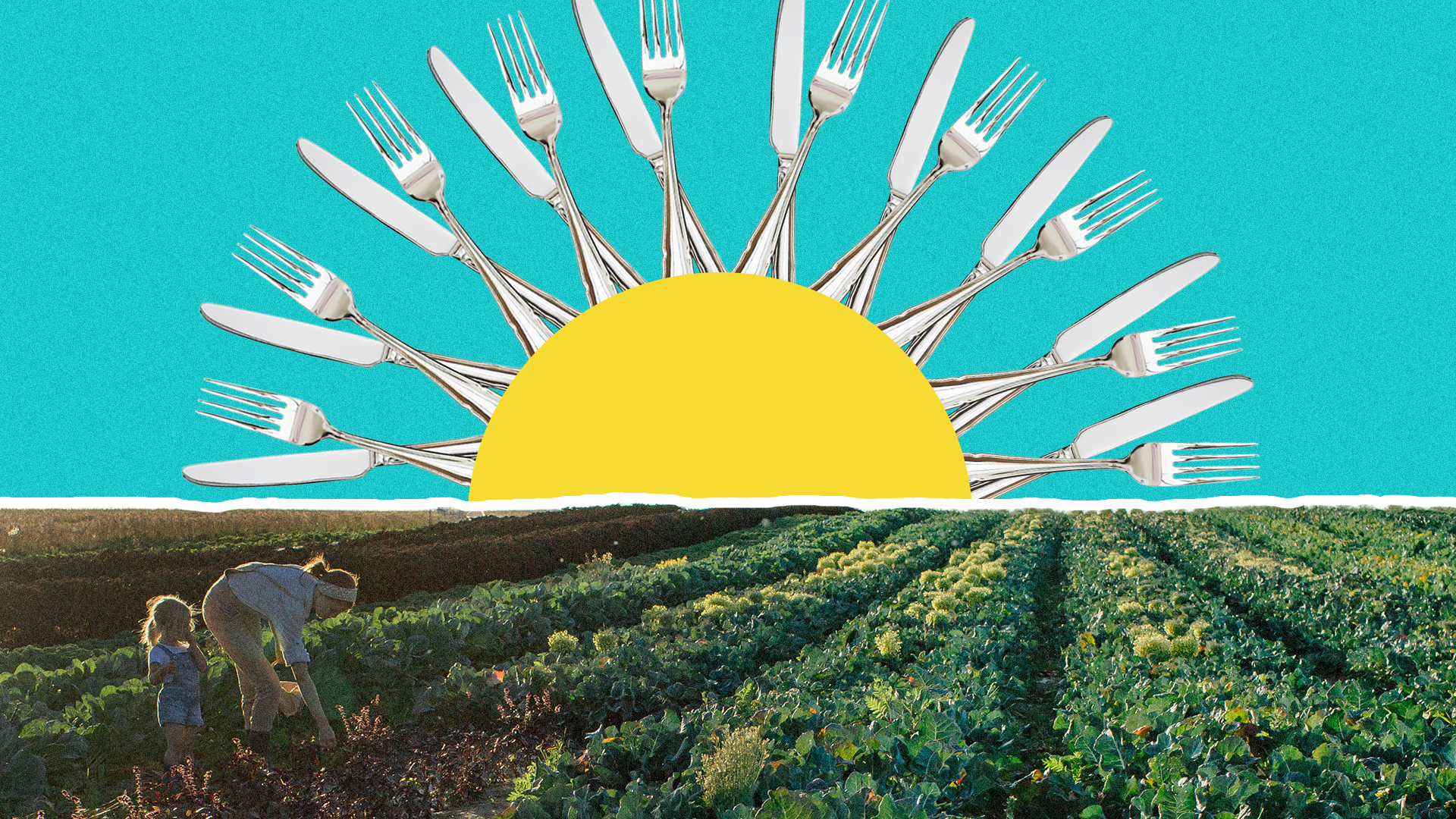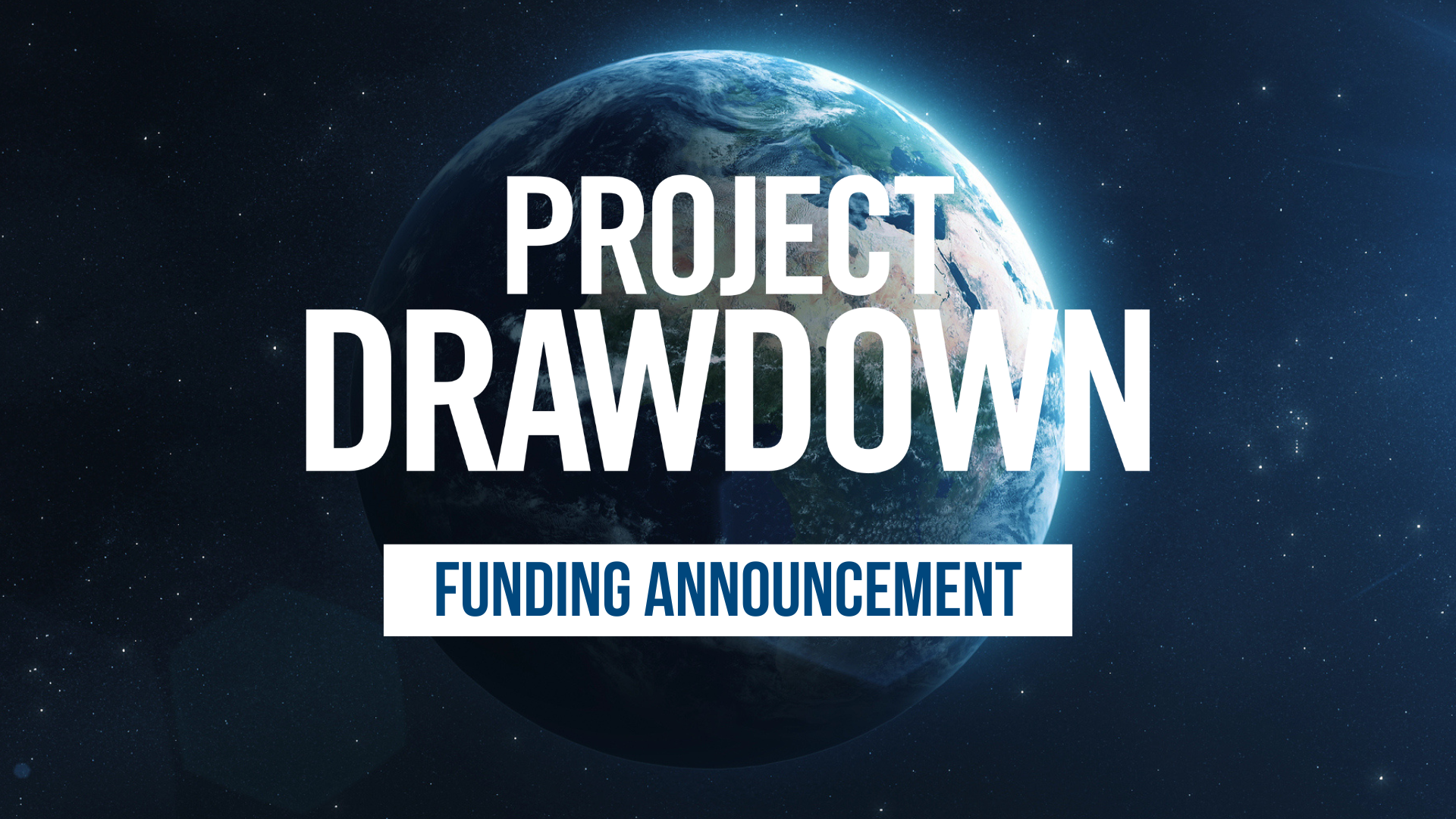New report: Climate solutions can help alleviate poverty

Addressing climate change and improving the well-being of millions of people experiencing extreme poverty—two grand challenges of the 21st century—can be done together and create critical co-benefits for socially disadvantaged groups in rural areas of low- and middle-income countries, according to a new landmark report released today by Drawdown Lift, a program of the global nonprofit Project Drawdown.
The report, titled Climate–Poverty Connections: Opportunities for synergistic solutions at the intersection of planetary and human well-being, focuses specifically on climate solutions and poverty alleviation in sub-Saharan Africa and South Asia—two areas of the world most at risk from the threats of climate change.
This first-of-its-kind analysis reveals many ways in which specific technologies and practices that offer proven, substantial benefits for addressing climate change also improve multiple aspects of human well-being—particularly people’s livelihoods, health, food security, education, gender equality, and more. Widespread implementation of these solutions would be transformational in alleviating poverty and increasing resilience to current and future climate change.
According to a World Bank report, in the next decade, climate change could push an additional 100 million people into poverty in low- and middle-income countries, setting back decades of progress in poverty alleviation—a situation the pandemic has made even more dire.
"We have an opportunity to elevate climate solutions that also boost human well-being and contribute to much-needed socioeconomic development,” said Kristen P. Patterson, director of Drawdown Lift. “Populations experiencing extreme poverty did not cause the climate crisis. It is incumbent upon decisionmakers to strategically invest in climate solutions that help usher in equity and prosperity, and achieve the SDGs.”
The report guides leaders and stakeholders—including international and country-level climate and development policymakers, the climate finance community, donors, and NGOs—toward the dual goals of investing in low-carbon development pathways and reducing poverty.
"In developing countries globally, efforts to promote climate action will undoubtedly be intertwined with aspirations for economic growth. This report sheds light on policy options and approaches for harnessing this opportunity to deliver human well-being benefits in the race to net-zero," said Mohamed Imam Bakarr, senior environmental specialist at Global Environment Facility and a Drawdown Lift Advisory Council member.
The report, which builds on Project Drawdown’s groundbreaking climate solutions research, draws on a review of 450 articles and reports (through 2021) to synthesize the evidence of how climate interventions that mitigate greenhouse gas emissions can also generate substantial co-benefits for human well-being. It was reviewed by a dozen experts in agriculture, gender, international development, education, conservation, climate, health, and other areas.
The report’s findings have the potential to improve the lives of millions of people around the world—particularly girls and women—if the recommendations are implemented.
"If you’re telling a rural woman to cease using dirty fuels for cooking, know that poverty is the reason she is using them. Climate solutions must be holistic to ensure sustainability. This report presents strategies for solving the climate challenge that address intertwined human needs," said Glory Oguegbu, founder and CEO of the Renewable Energy Technology Training Institute and a Drawdown Lift Advisory Council member.
Downloads
Download the full report | Download the abbreviated fact sheet
Media Contacts
Todd Reubold, Director of Marketing and Communications, Project Drawdown
Kristen P. Patterson, Director, Drawdown Lift, Project Drawdown
About Drawdown Lift
Launched in early 2021, Drawdown Lift works to deepen collective understanding of the links between climate change solutions and poverty alleviation, particularly in low- and middle-income countries in sub-Saharan Africa and South Asia. The Lift team seeks to help address both extreme poverty and climate change by collaboratively identifying, promoting, and advancing solutions designed to catalyze positive, equitable change.
About Project Drawdown
Project Drawdown is a nonprofit organization that seeks to help the world reach “drawdown”—the future point in time when levels of greenhouse gases in the atmosphere stop climbing and start to steadily decline. Cities, universities, corporations, philanthropies, policymakers, communities, educators, activists, and more turn to Project Drawdown as they look to advance effective climate action. Project Drawdown aims to support the growing constellation of efforts to move climate solutions forward and move the world toward drawdown—as quickly, safely, and equitably as possible. A 501(c)(3) nonprofit organization, Project Drawdown is funded by individual and institutional donations.
Press Contacts
If you are a journalist and would like to republish Project Drawdown content, please contact press@drawdown.org.



